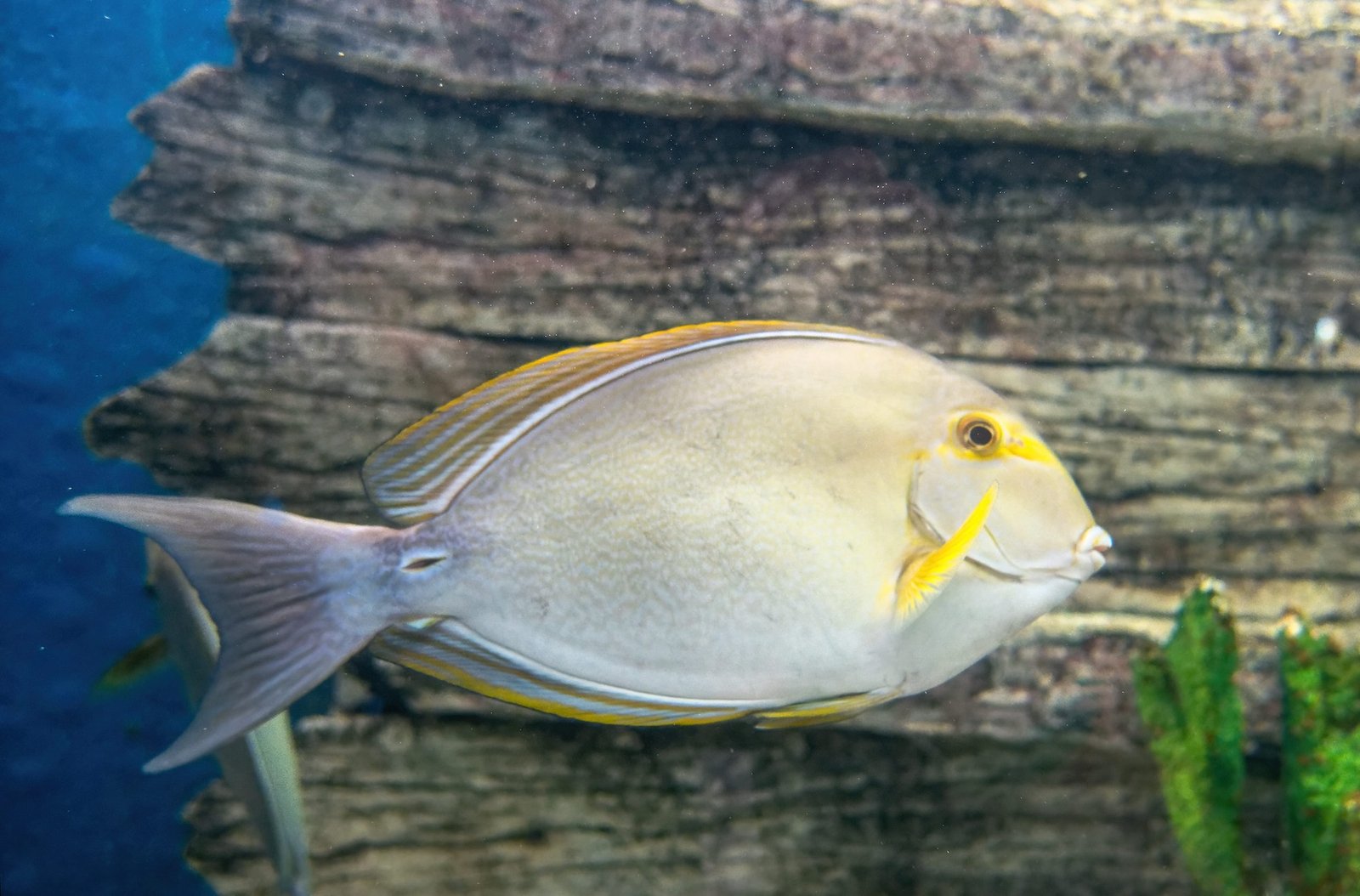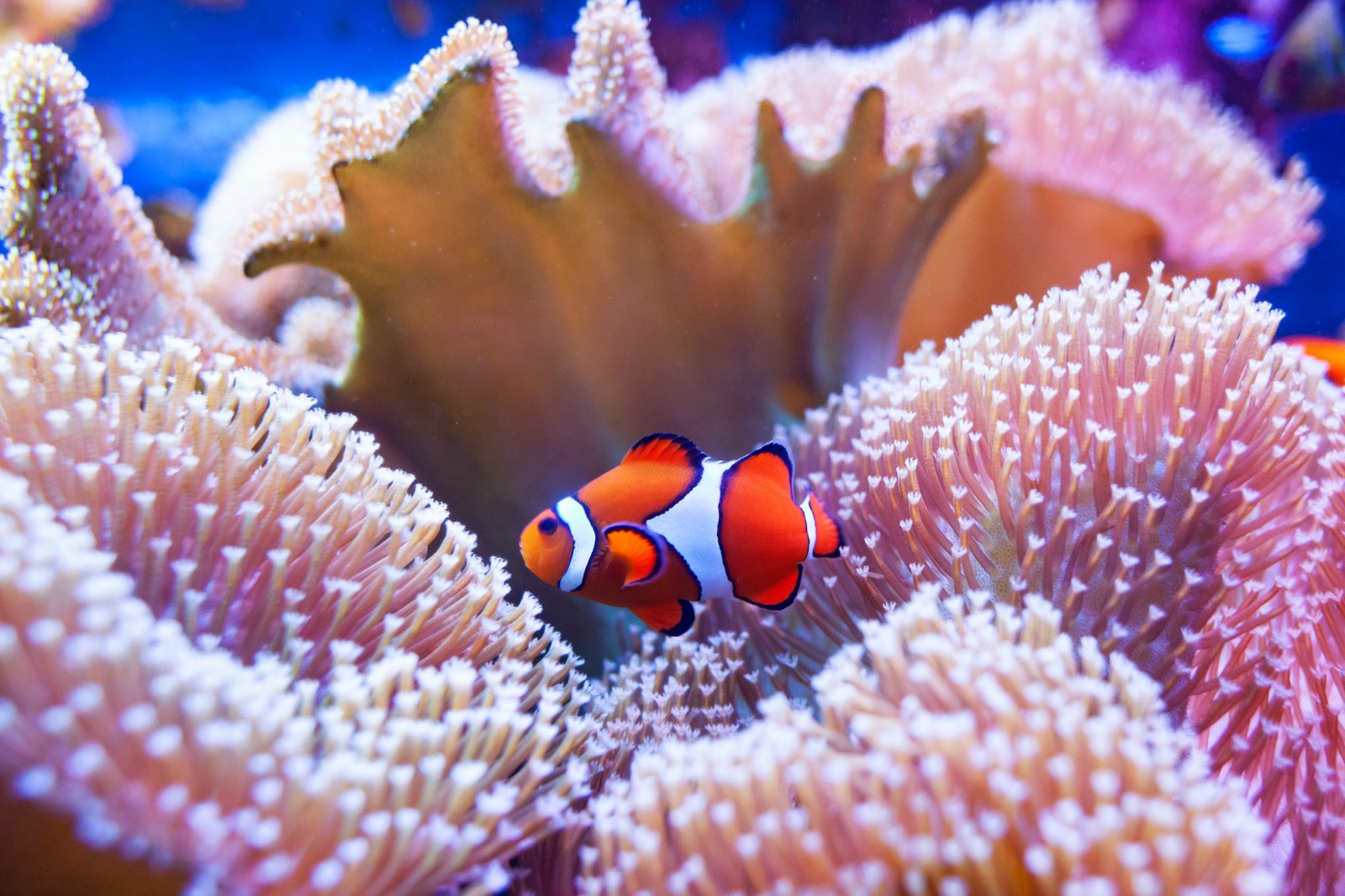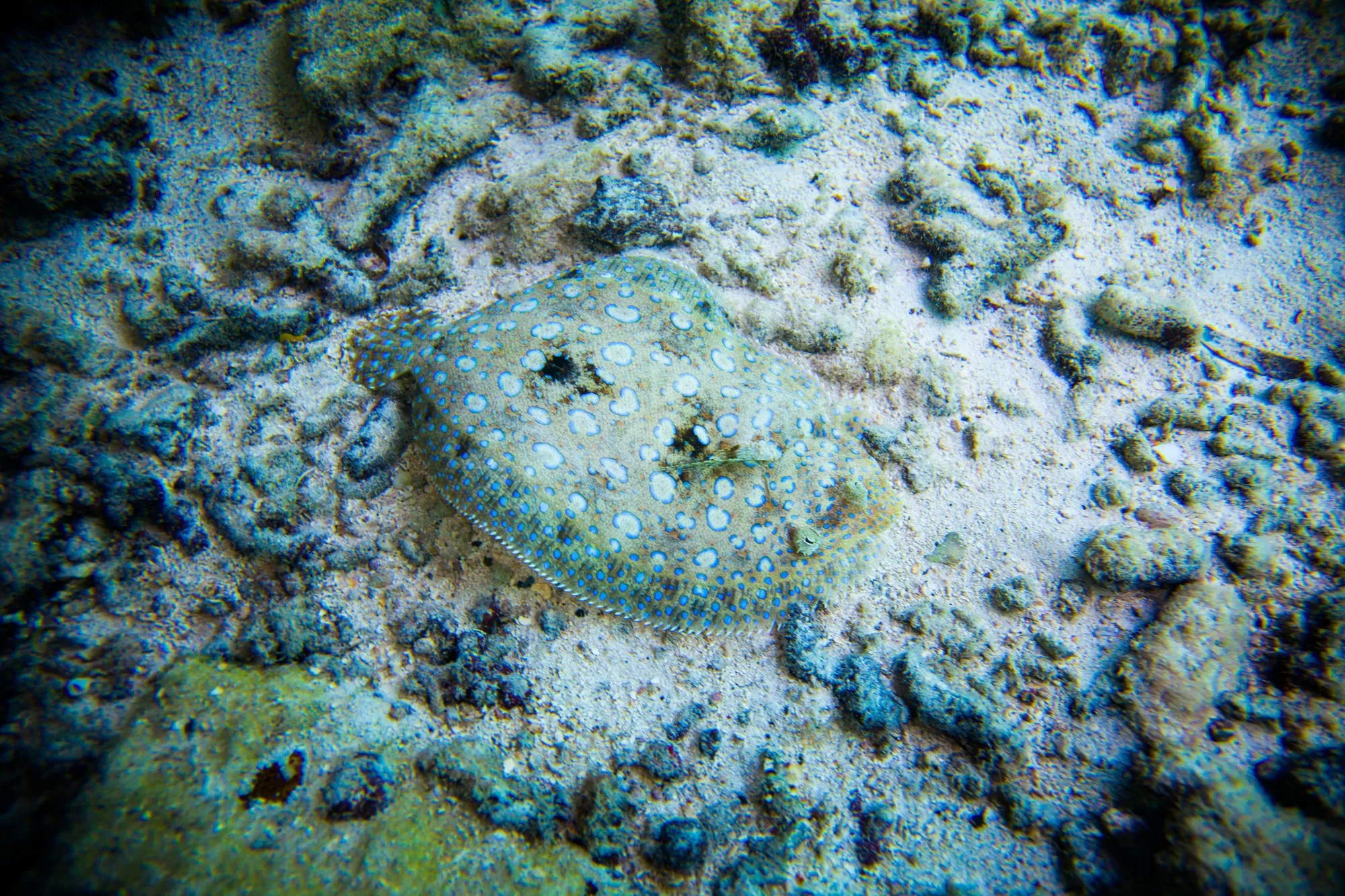When exploring the vibrant underwater world, few experiences are as rewarding as encountering the colorful inhabitants of coral reefs. Among these fascinating creatures, the Surgeonfish and Blue Tangs often capture divers’ attention with their striking colors and intriguing behavior. While they are commonly mistaken for each other, these two fish have unique characteristics worth noting. This blog post aims to elucidate the differences between Surgeonfish and Blue Tangs to enhance your next diving adventure.
Taxonomy: Understanding the Family Tree
Both Surgeonfish and Blue Tangs belong to the family Acanthuridae. This family comprises about 86 species divided into multiple genera. However, the term “Blue Tang” usually refers to a subset of this family, most notably the species Paracanthurus hepatus, which is part of the genus Paracanthurus.
Physical Characteristics: More than Just Color
Surgeonfish:
- Color: Varies widely among species, including gray, brown, and vibrant blues.
- Size: Typically range from 6 to 16 inches.
- Distinctive Feature: Equipped with sharp “scalpels” at the base of their tail, which they use for defense.
Blue Tang:
- Color: Primarily bright blue with a yellow tail.
- Size: Usually 8 to 12 inches.
- Distinctive Feature: Lack the “scalpel” feature but do have extended, blade-like dorsal and anal fins.
Habitat: Where to Find Them
Surgeonfish:
Primarily found in the Indo-Pacific region, surgeonfish enjoy coral reefs and lagoons, from shallow to mid-depth waters.
Blue Tang:
These are also common in the Indo-Pacific region, especially around the Great Barrier Reef and the Maldives.
Behavior: Social vs. Solitary
Surgeonfish are generally more social and often found in schools, whereas Blue Tangs are usually observed swimming alone or in smaller groups.
Diet: What’s on the Menu?
Both Surgeonfish and Blue Tangs are primarily herbivorous, feasting on algae. However, Surgeonfish may occasionally consume small invertebrates.
Conclusion
While they share a family tree and a preference for similar habitats, Surgeonfish and Blue Tangs are distinct in their physical characteristics, behavior, and diet. Understanding these differences not only enriches your diving experience but also contributes to a broader appreciation of marine biodiversity.




